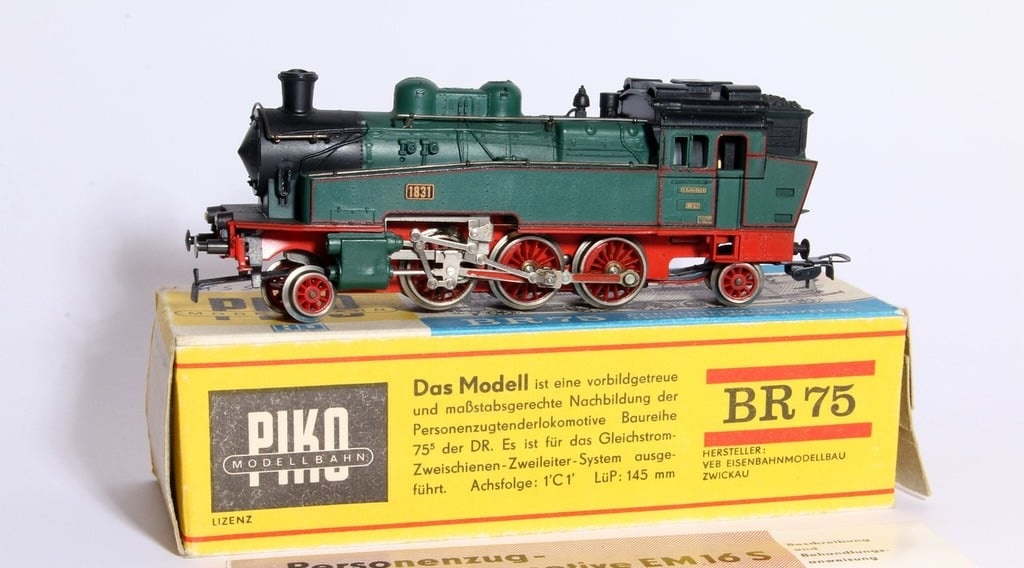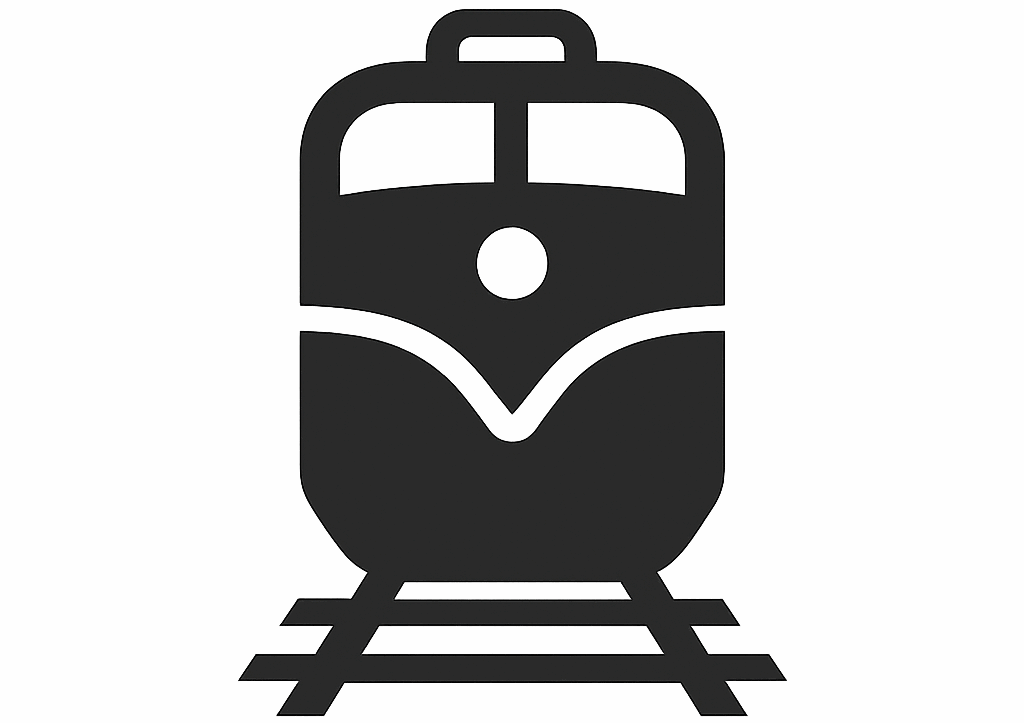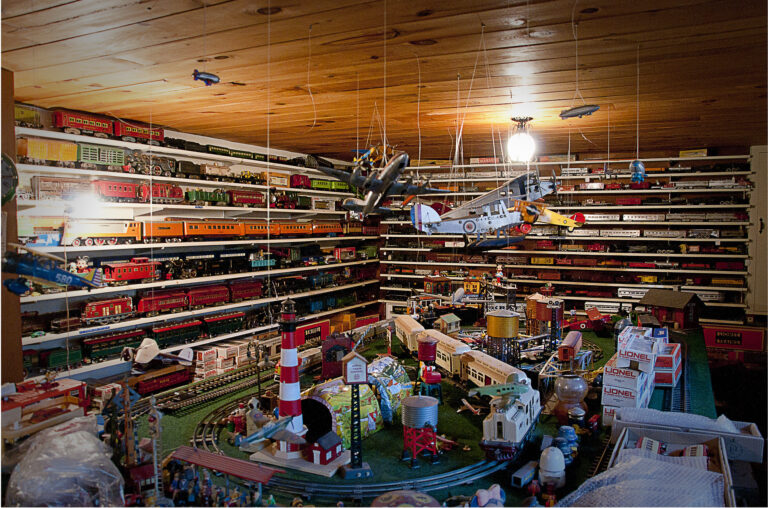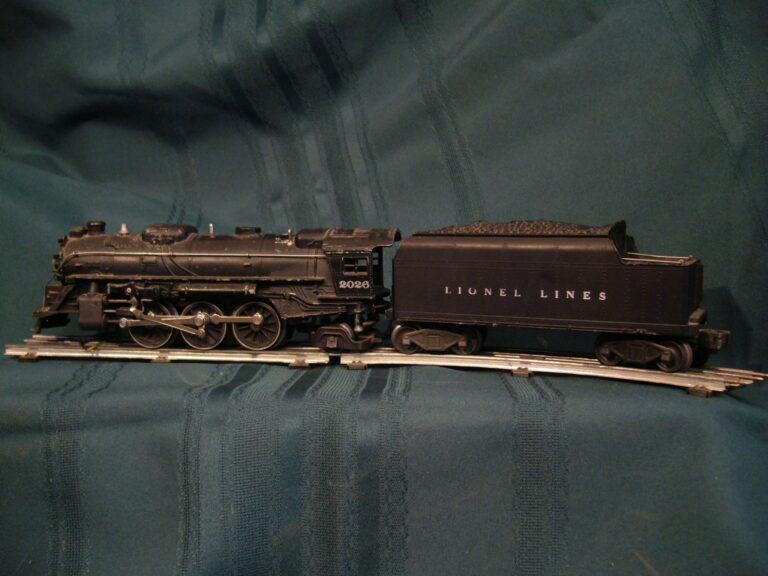How to Sell Model Trains (and Actually Make Money Doing It)
Selling your model trains? Learn how to list, price, and ship them the smart way — and avoid common money-losing mistakes.

Whether you’re downsizing your collection, liquidating an estate, or just clearing out storage, selling model trains can be surprisingly lucrative—if you know what you’re doing. In this guide, we’ll cover everything you need to sell your trains the smart way: from where to sell them and how to price them, to avoiding scams and getting top dollar for vintage sets.
Selling trains isn’t just about posting a photo on eBay and hoping for the best. With a little strategy and care, you can turn a dusty collection into a meaningful return.
Where to Sell Model Trains?
Different platforms serve different types of buyers. Here are your main options for where to list your trains for sale:
eBay
Still the most active online marketplace for model trains, eBay offers broad visibility and decent price competition. It’s ideal for selling rare or vintage pieces individually, or small curated lots.
Pros: High traffic, competitive pricing, global reach
Cons: Fees, shipping logistics, and occasional difficult buyers
Tip: Use completed listings on eBay to see what similar items actually sold for—not just what sellers are asking.
Online Forums and Facebook Groups
Communities like TrainBoard, Model Railroad Forums, or dedicated Facebook groups have engaged users who understand the value of your collection. You’re often dealing with fellow hobbyists—not bargain hunters.
Pros: Targeted buyers, less haggling
Cons: Smaller audience, manual negotiation, no payment protection
Local Hobby Shops or Train Shows
If you’re asking, “Who buys model trains near me?” or “Where can I sell model trains near me?” — these are your go-to answers. Call ahead to ask if they buy used trains, or consider renting a table at a show.
Pros: Fast transactions, no shipping
Cons: Lower offers (they need margin), limited demand per visit
Estate Sale and Consignment Specialists
Some niche dealers or auction houses specialize in model trains and may offer consignment sales or outright purchase of large collections.
Pros: Hands-off selling
Cons: They take a sizable cut, and sales may be slow
Want to know if your trains are even worth selling? Read our article on Are Model Trains Worth Anything? A Collector’s Guide to Value.
How to Evaluate the Value of Your Model Trains
Before listing anything, you need to know what you have—and what it’s worth. Here’s a checklist to get started:
- Brand: Some names like Lionel, Kato, or Märklin carry more weight. Check our list of the Top 10 Model Train Brands Ranked by Hobbyists.
- Scale: HO and O scale are the most widely collected and sold.
- Condition: Boxed, complete, and well-preserved sets fetch more.
- Rarity: Limited editions or discontinued runs are more valuable.
- Functionality: Working engines are more desirable than shelf queens.
Model train price guides, collector catalogs, and eBay sold listings are your best bet for estimating value. You can also browse forums for comparables.
How to Grade Condition Accurately
Buyers rely heavily on your condition grading. Use these common standards:
- Mint/NIB (New in Box): Unused, factory-sealed
- Excellent: Looks new, may be test-run
- Very Good: Minor wear, fully functional
- Good: Visible signs of use, but operable
- Fair/Poor: Damaged, missing parts, or non-working
Always err on the side of caution. Overgrading can result in returns or bad reviews.
How to Photograph Model Trains for Sale
Clear, detailed photos can make or break your sale. Follow these best practices:
- Use a clean, neutral background
- Include multiple angles (front, side, top, undercarriage)
- Show any flaws clearly (scratches, missing parts)
- Photograph the original box and paperwork, if available

Lighting matters. Natural light or softbox lighting will help your listings stand out. Avoid flash glare.
How to Write an Effective Listing
Here’s what every successful listing should include:
- Title: Include brand, scale, road name/number, and condition.
Example: “Lionel O Scale 6-28249 BNSF GP-38 Diesel Locomotive – Mint in Box” - Description: Mention operation status, cosmetic details, packaging, and shipping terms.
- Keywords: Use terms like “vintage,” “rare,” “layout-ready,” or “DCC equipped” where applicable.
- SKU or Part Number: Especially helpful for collectors.
Don’t overhype—be honest, clear, and factual.
Suggested Pricing Tiers (Based on Market Averages)
| Condition | Common HO Locomotive | Rare/Vintage O Scale | Passenger Set |
|---|---|---|---|
| Mint/NIB | $60–$120 | $200–$800+ | $150–$600+ |
| Very Good | $40–$80 | $100–$400 | $100–$300 |
| Good/Fair | $20–$50 | $50–$200 | $50–$150 |
Use these as rough guidelines only—check recent eBay sales to refine.
Where to Sell Model Trains Near Me?
If you prefer selling locally, start here:
- Google Maps: Search “model train shops near me” or “hobby shop buys model trains”
- Facebook Marketplace: Great for local pickup, especially for bulk lots
- Nextdoor / Craigslist: Tap into neighborhood interest
Make sure to meet in public and never invite strangers into your home unless you’re confident it’s safe.
How to Package and Ship Model Trains Safely
Shipping is often where sellers lose money or earn bad feedback. Here’s how to do it right:
Packing Checklist
- Use the original box if you have it
- Wrap each item in bubble wrap or foam
- Use a snug-fitting shipping box with void fill
- Label fragile and insure valuable shipments
Carrier Tips
- Use USPS for small items (First-Class or Priority Mail)
- UPS and FedEx may be better for larger or heavier packages
- Always provide tracking and keep receipts
How to Avoid Scams and Lowballers
- Never accept overpayment offers (“I’ll send $300, you refund the rest”)
- Avoid buyers with zero feedback on high-dollar items
- Stick to platforms with payment protection (like eBay or PayPal)
- Don’t undervalue rare items—do your homework first
For long-term storage between sales, see our article on How to Store Model Trains Safely for Long-Term Protection.
Final Thoughts: Is It Worth Selling Your Collection?
Selling model trains can be a rewarding process—not just financially, but as a way to connect with fellow enthusiasts. Whether you’re parting with one locomotive or a whole basement layout, taking the time to catalog, price, and list everything properly will pay off.
Quick Reference Checklist
Before You List:
- Identify brand, scale, and part numbers
- Grade condition honestly
- Take clear, well-lit photos
- Research pricing
- Choose the best platform(s)
When You Ship:
- Use original boxes if possible
- Wrap securely with bubble wrap
- Double-box valuable items
- Include tracking
- Insure high-value packages
With the right approach, you’re not just clearing space—you’re getting real value out of your collection.




